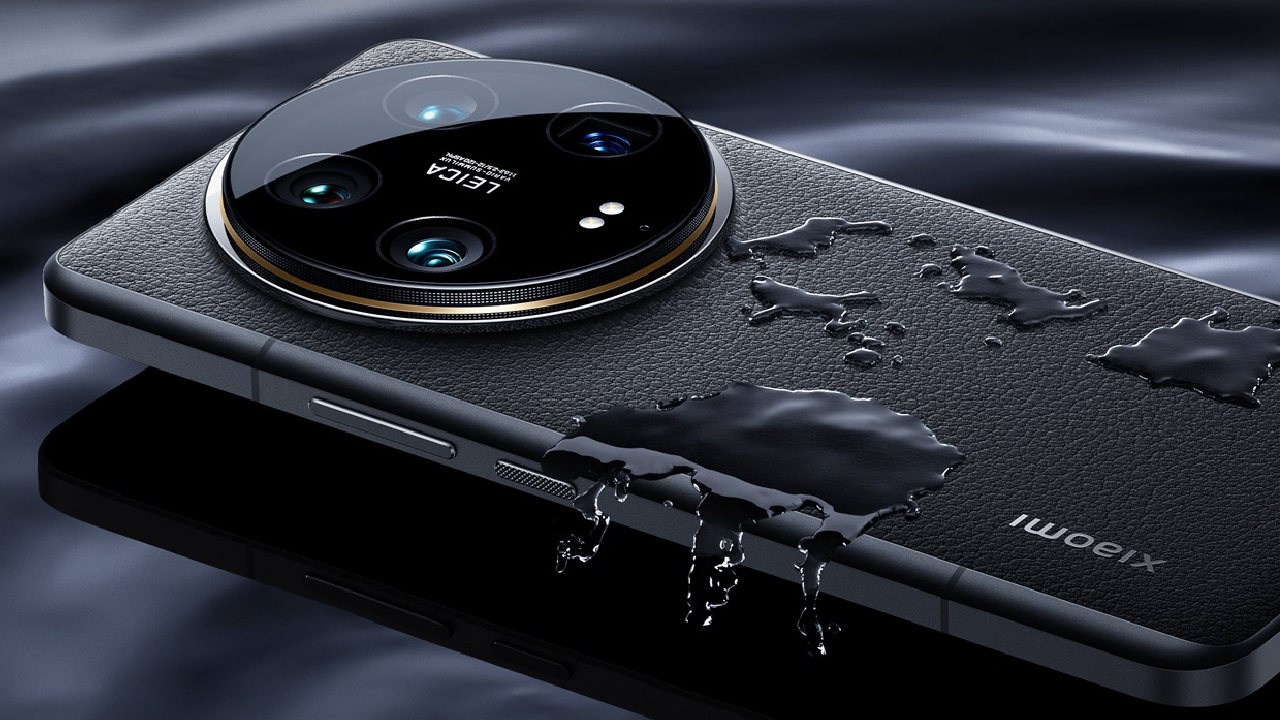
Xiaomi 15 Ultra Camera Performance Under Scrutiny: A Deep Dive into DxOMark’s Findings
The Xiaomi 15 Ultra, a highly anticipated smartphone launched this past February, arrived with a flurry of excitement, primarily fueled by its impressive and potentially groundbreaking technical specifications. The device promised a powerful and seamless user experience, packed with cutting-edge hardware and software integrations. However, recent assessments of its camera capabilities suggest a discrepancy between the initial hype and real-world performance. Independent evaluation firm DxOMark has released its findings on the Xiaomi 15 Ultra’s camera system, and the results have sparked considerable debate within the tech community.
While the Xiaomi 15 Ultra boasts a sophisticated multi-lens camera array and advanced image processing algorithms, DxOMark’s tests indicate that its performance doesn’t quite live up to the expectations set by its flagship status and the intense competition in the high-end smartphone market. The device achieved an overall score of 153 points, placing it in the 13th position in DxOMark’s rankings of smartphones with the best camera systems. This ranking, while respectable, falls short of the leading contenders and raises questions about the optimization and tuning of the camera system within the Xiaomi 15 Ultra.
The DxOMark evaluation process encompasses a rigorous series of tests designed to assess various aspects of camera performance, including photography, zoom capabilities, and video recording quality. These tests are conducted in controlled environments and real-world scenarios to provide a comprehensive and objective assessment of each device. The Xiaomi 15 Ultra’s score of 153 reflects an average of its performance across these different categories.
One of the primary benchmarks for camera performance in the smartphone industry is the Huawei Pura 70 Ultra, which currently holds the top spot in DxOMark’s rankings with an impressive score of 163 points. This substantial difference of 10 points highlights the gap in camera performance between the Xiaomi 15 Ultra and the current leader. Huawei has consistently invested heavily in its camera technology, and the Pura 70 Ultra exemplifies the results of their dedication, showcasing exceptional image quality, dynamic range, and detail reproduction.
Following closely behind the Huawei Pura 70 Ultra is the Google Pixel 9 Pro XL, which secured a score of 158 points in DxOMark’s evaluation. Google’s Pixel series has long been lauded for its exceptional computational photography capabilities, leveraging sophisticated software algorithms to enhance image quality and overcome hardware limitations. The Pixel 9 Pro XL’s high score underscores Google’s continued dominance in this area.
Interestingly, the Samsung Galaxy S25 Ultra, another highly anticipated flagship released earlier this year, also faced similar scrutiny regarding its camera performance. The device achieved a score of 146 points in DxOMark’s tests, placing it in the 28th position. This performance was considered somewhat disappointing given Samsung’s reputation for producing high-quality camera systems and the premium pricing of the Galaxy S25 Ultra. The Galaxy S25 Ultra result suggests that simply packing the device with the latest hardware doesn’t guarantee chart-topping camera performance; nuanced software optimization is critical.
The Xiaomi 15 Ultra incorporates a sophisticated camera system, featuring a primary wide-angle lens, an ultrawide-angle lens, and a telephoto lens. Specific details regarding the exact sensor sizes, aperture values, and optical stabilization systems are not readily available in the initial article, but these specifications play a crucial role in determining the overall image quality. Additionally, the Xiaomi 15 Ultra utilizes advanced image processing algorithms, including AI-powered scene recognition, HDR processing, and noise reduction techniques. These algorithms analyze the captured image data and apply various adjustments to optimize the final image for optimal clarity, color accuracy, and dynamic range.
While the Xiaomi 15 Ultra’s camera performance may not have reached the pinnacle of DxOMark’s rankings, it is important to recognize that the device still offers a compelling set of features and capabilities. The device can certainly capture high-quality images and videos in a variety of lighting conditions. The scores are comparative and based on a stringent, professional benchmark. The discrepancy between expectations and the DxOMark score may stem from a number of factors, including aggressive marketing claims, intense competition in the smartphone market, and varying user preferences. Some users may prioritize specific aspects of camera performance, such as zoom capabilities or low-light performance, over overall image quality. Others may be less concerned with achieving the absolute highest score on DxOMark and more interested in the subjective look and feel of the images captured by the device.
Furthermore, it is important to consider that DxOMark scores are just one metric for evaluating camera performance. Other factors, such as user experience, software features, and overall value for money, also play a significant role in determining the overall appeal of a smartphone. It is crucial for consumers to conduct their own research and consider their individual needs and preferences when making purchasing decisions.
In conclusion, while the Xiaomi 15 Ultra has garnered attention for its technical specifications, DxOMark’s assessment of its camera performance suggests that it falls slightly behind the top contenders in the smartphone market. The device’s score of 153 places it in the 13th position in DxOMark’s rankings, trailing behind the Huawei Pura 70 Ultra and the Google Pixel 9 Pro XL. The Samsung Galaxy S25 Ultra also presented unexpectedly average camera performance. Despite this, the Xiaomi 15 Ultra still offers a compelling set of camera features and capabilities, and its overall value proposition will ultimately depend on individual user preferences and priorities. The scrutiny surrounding the Xiaomi 15 Ultra’s camera performance serves as a reminder that innovation in smartphone technology requires not only cutting-edge hardware but also meticulous software optimization and tuning to deliver a truly exceptional user experience. Moving forward, it will be interesting to see how Xiaomi responds to this feedback and whether they can further refine the camera system in future iterations of their flagship devices.
